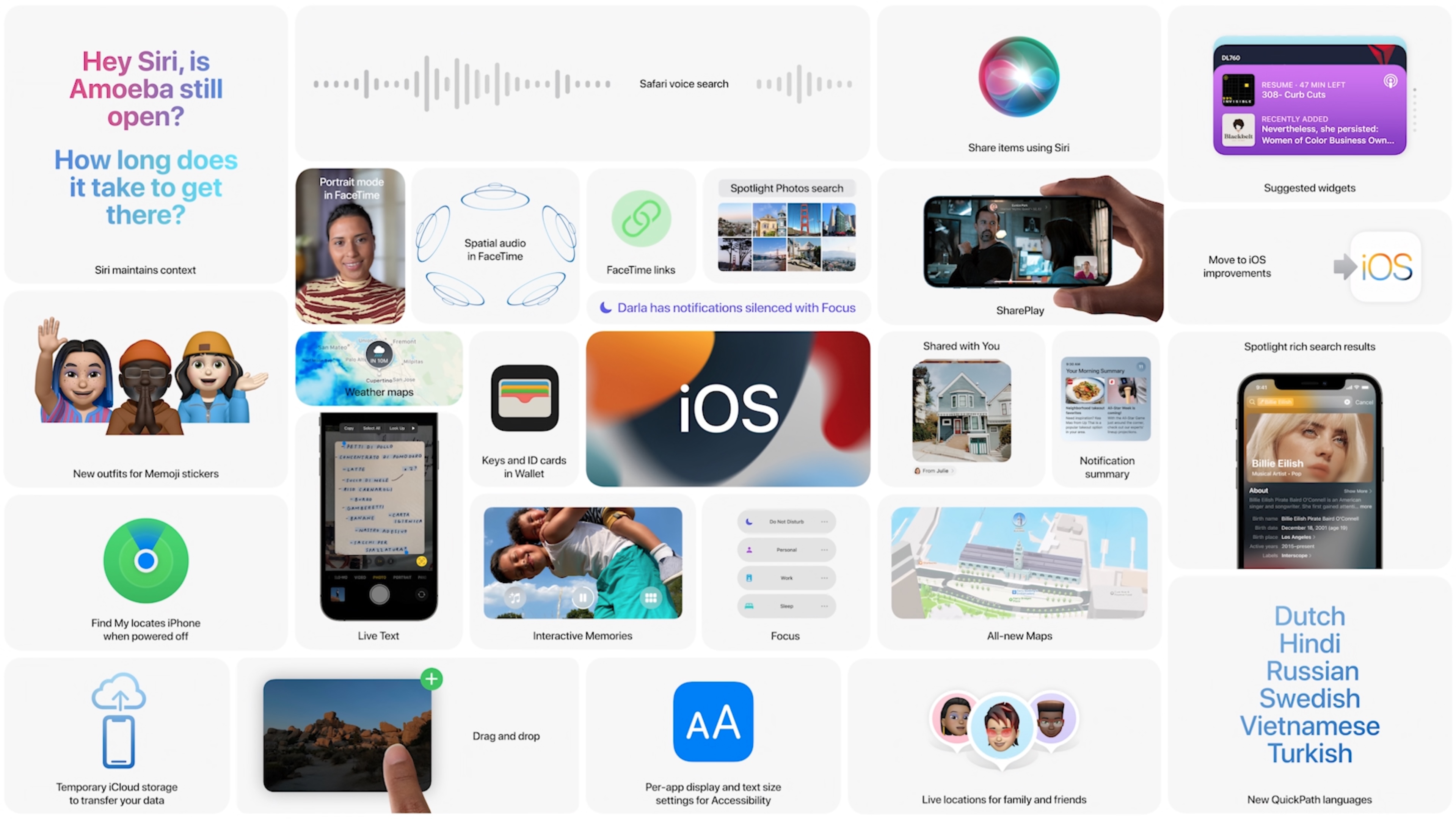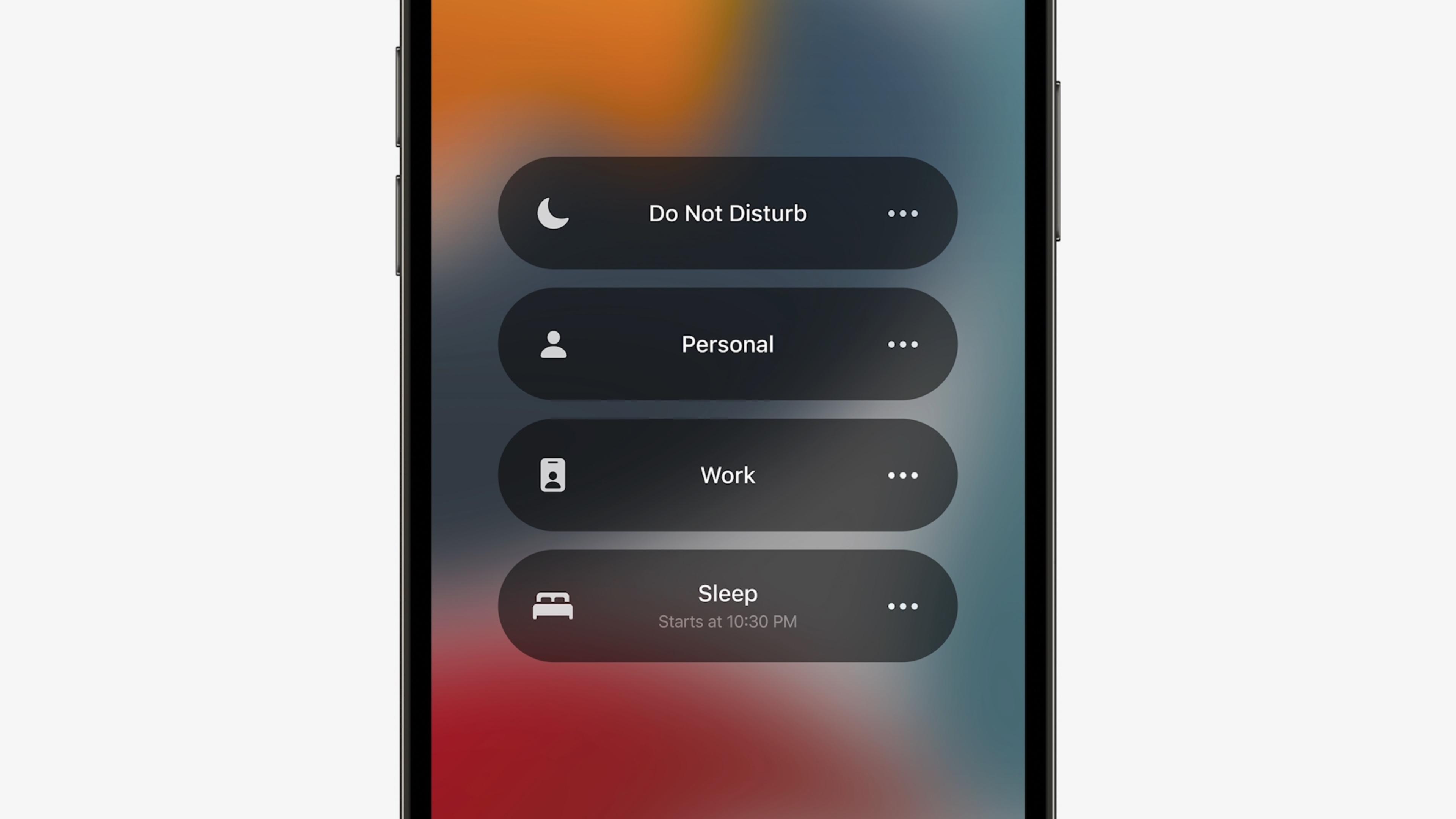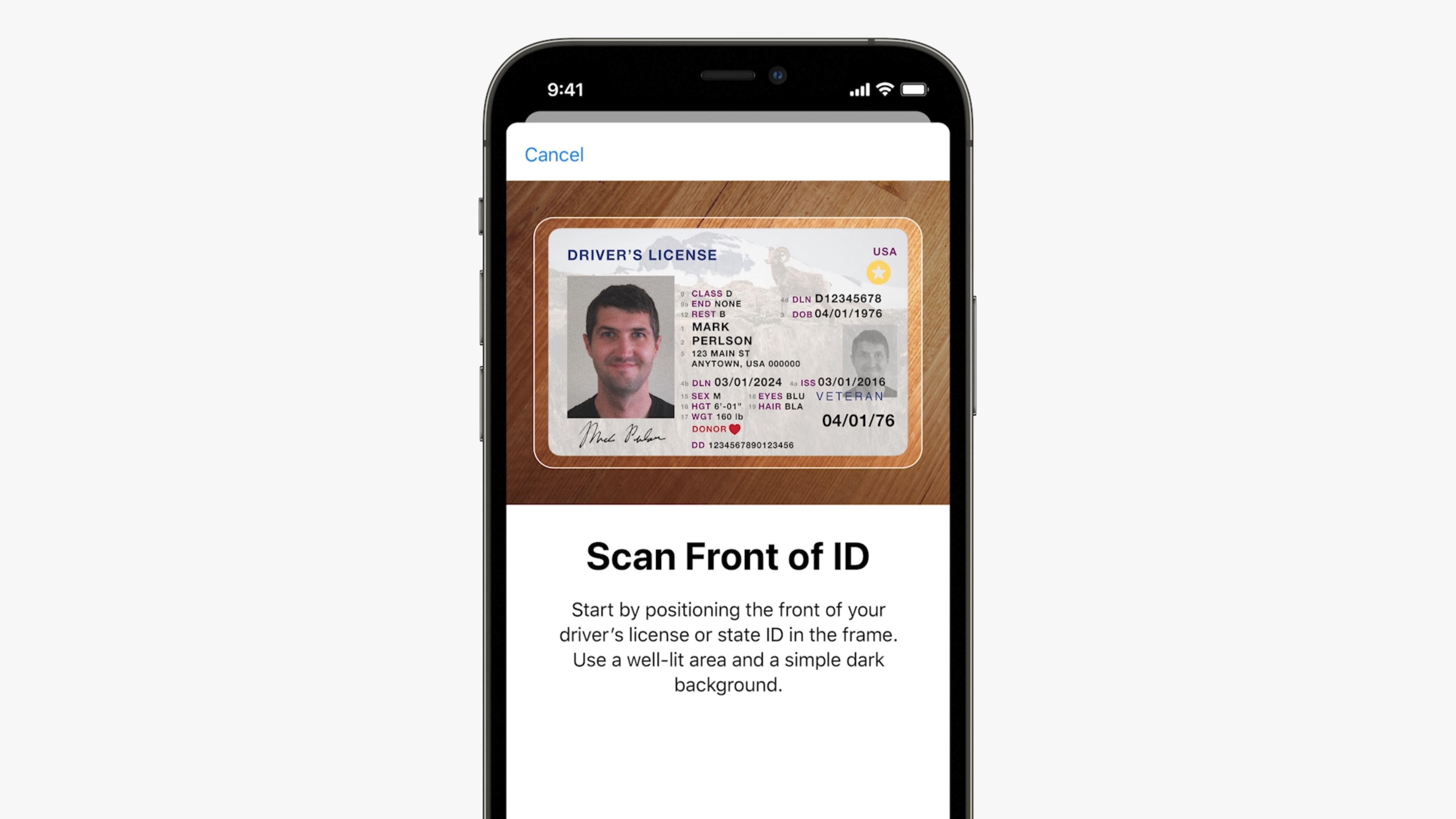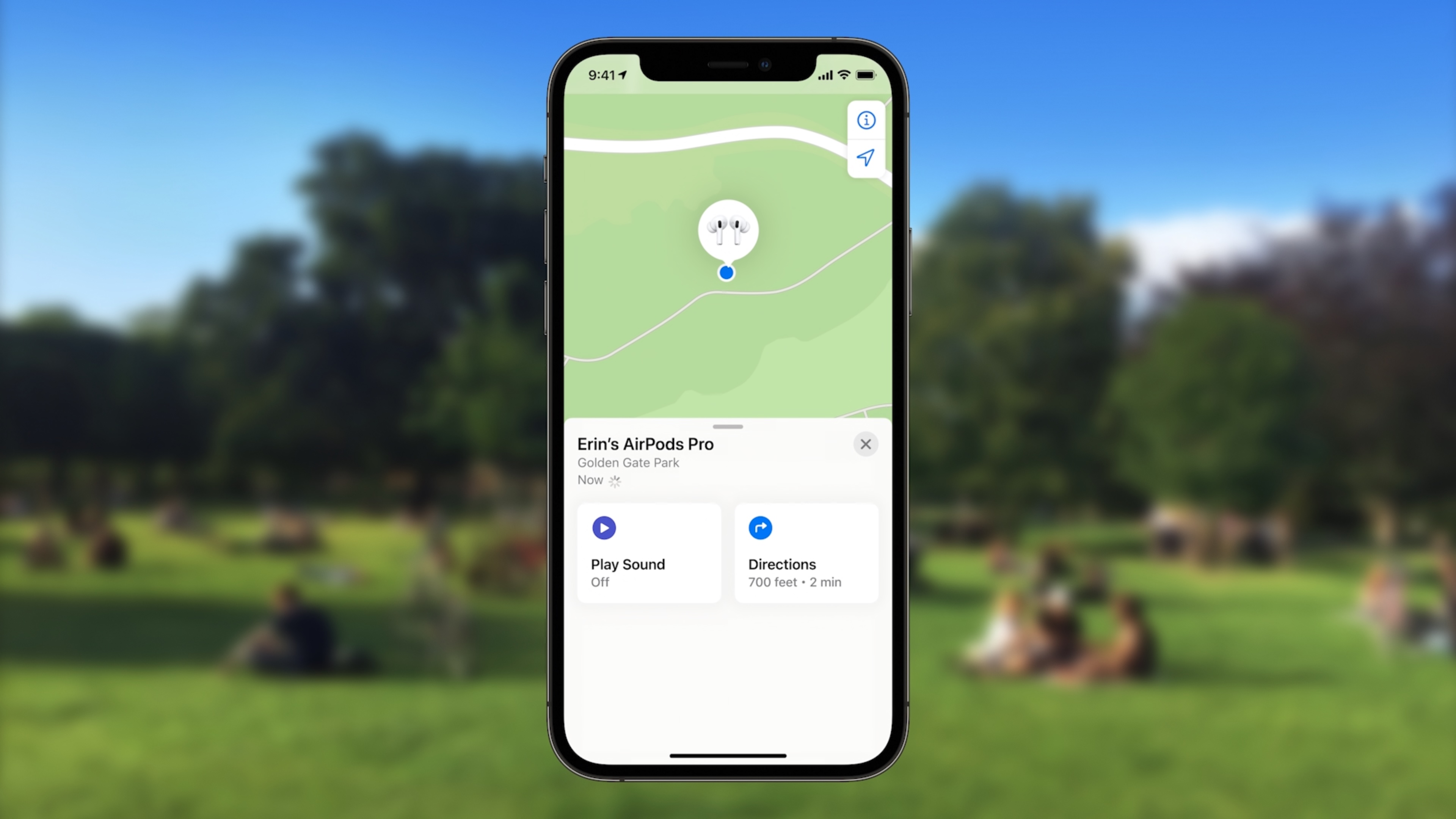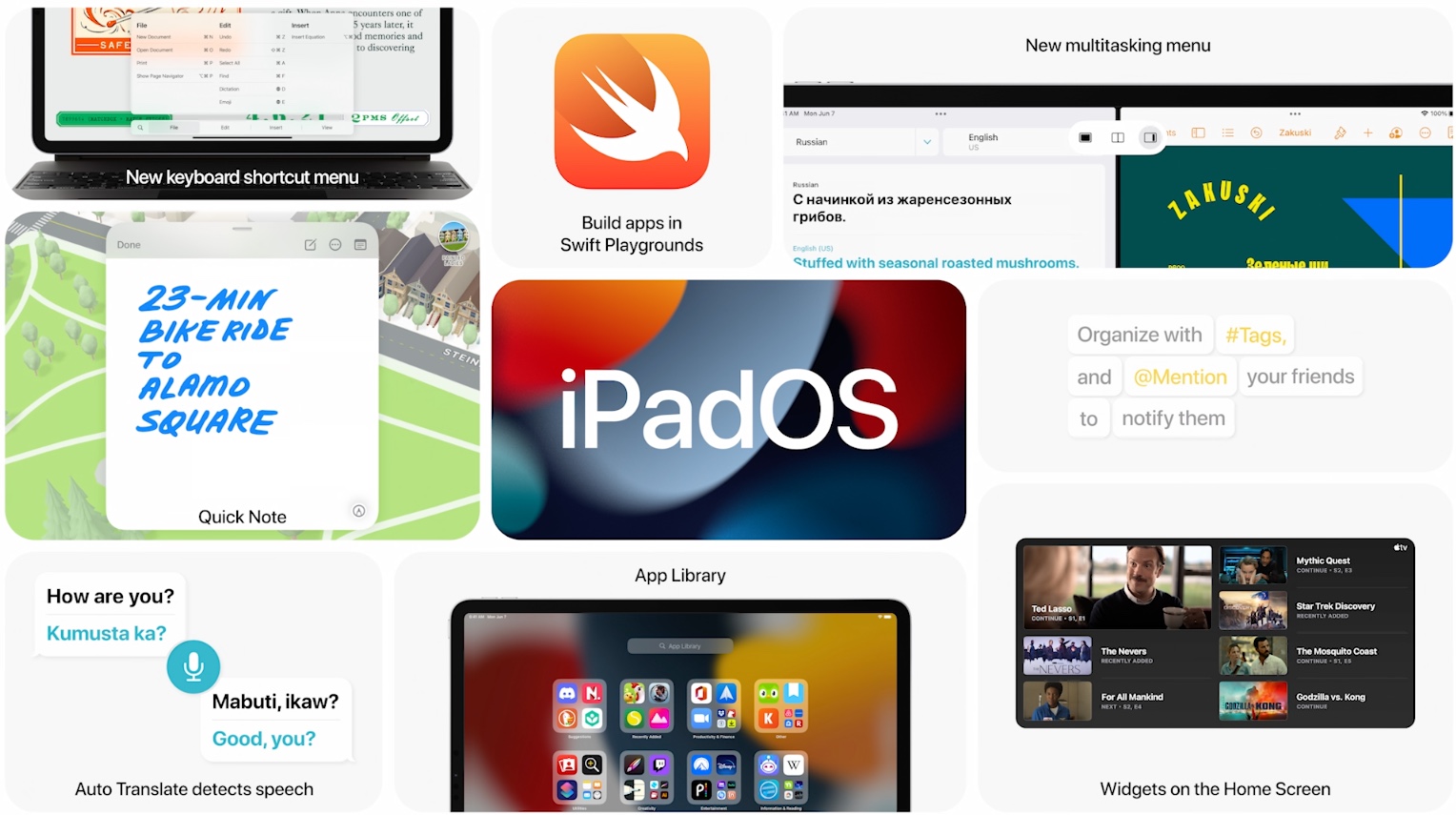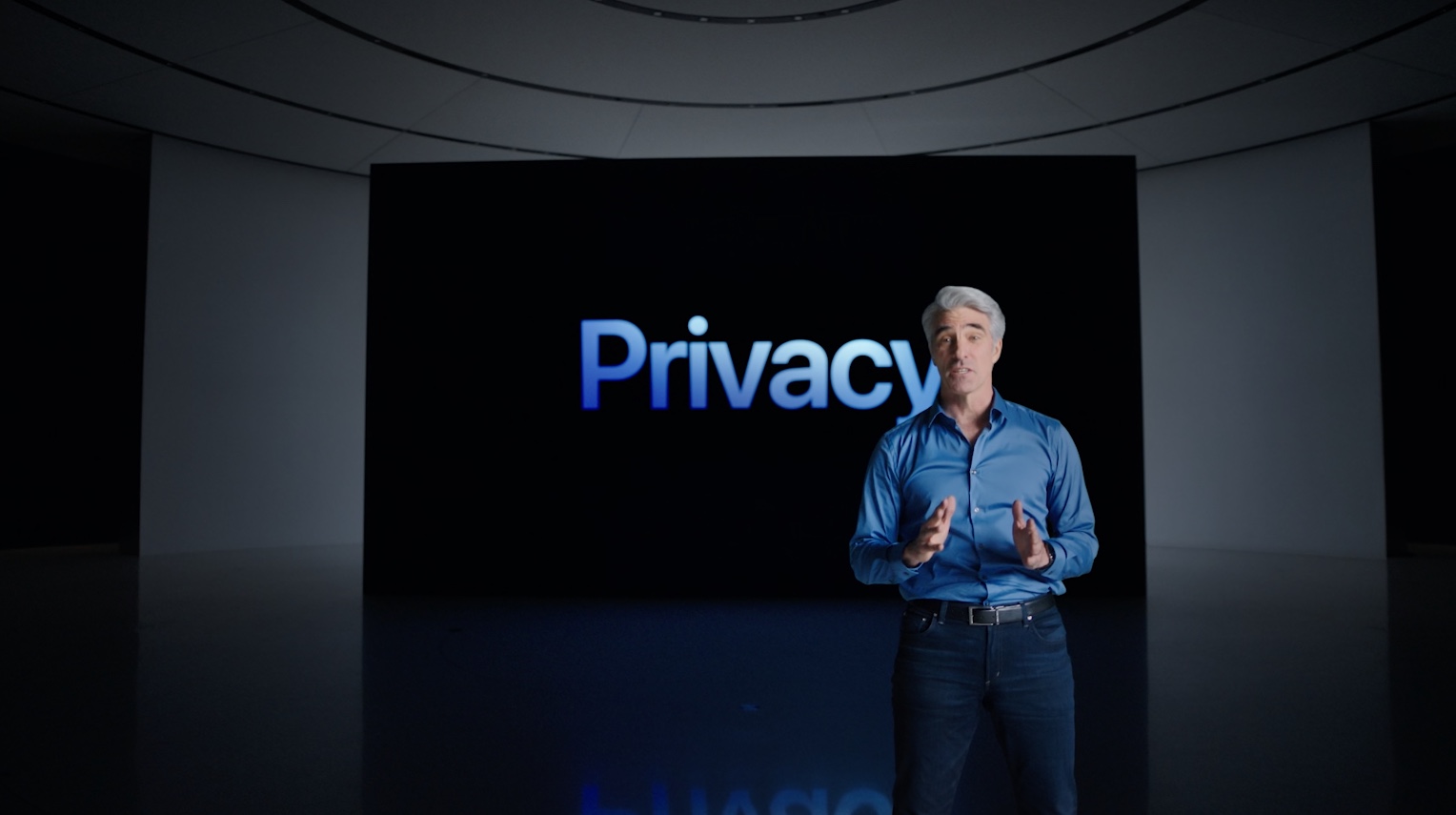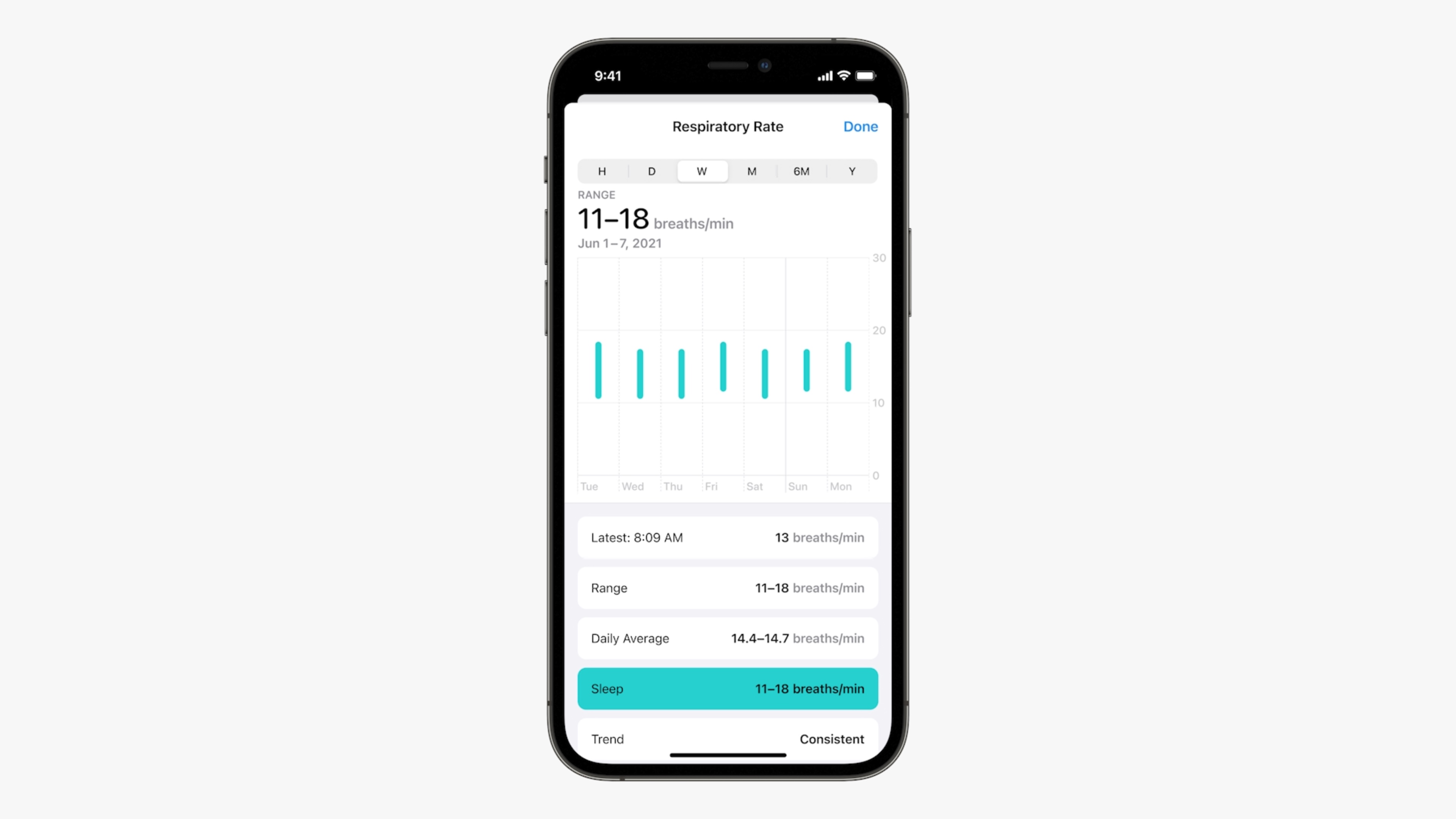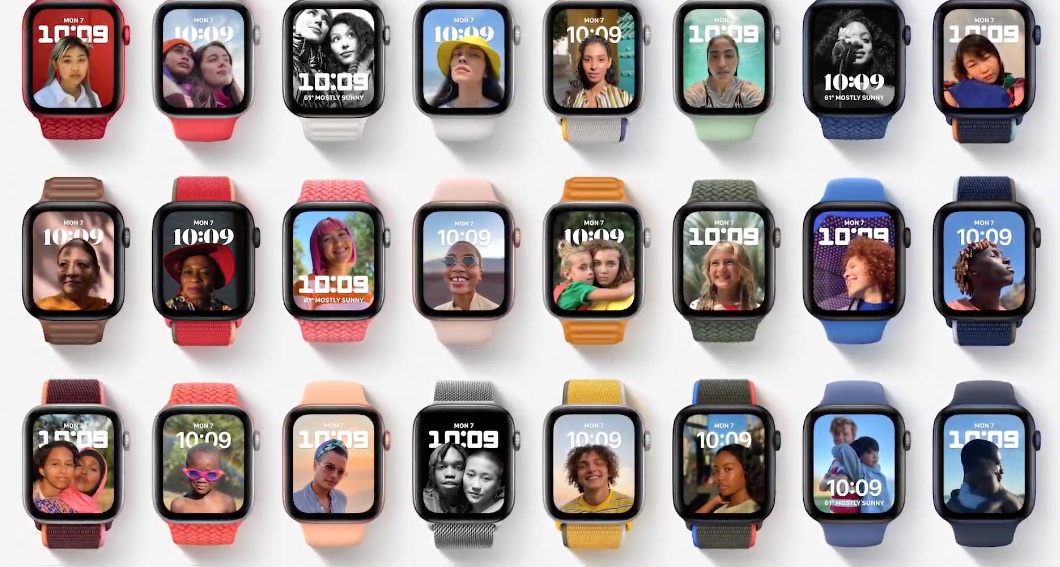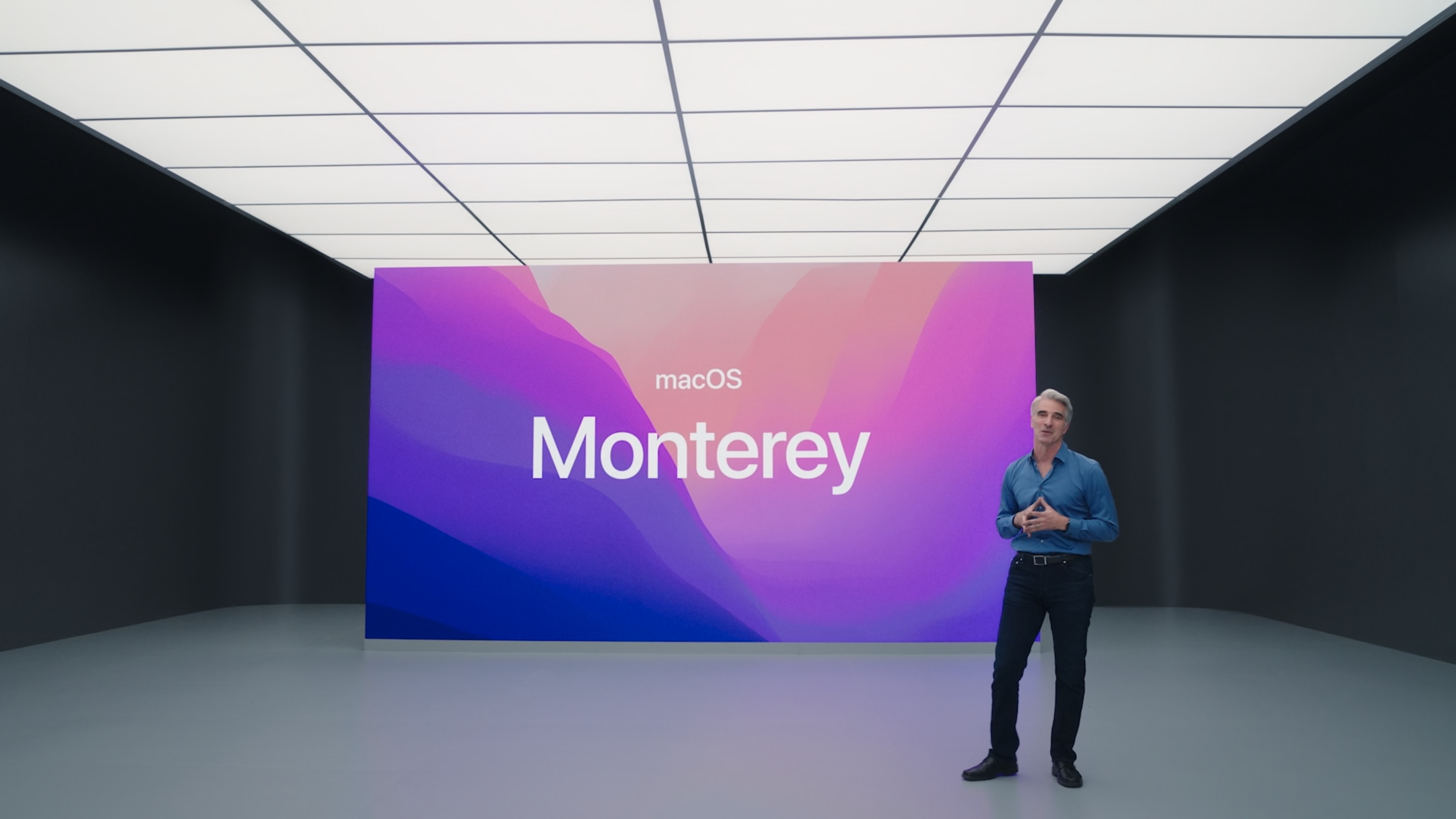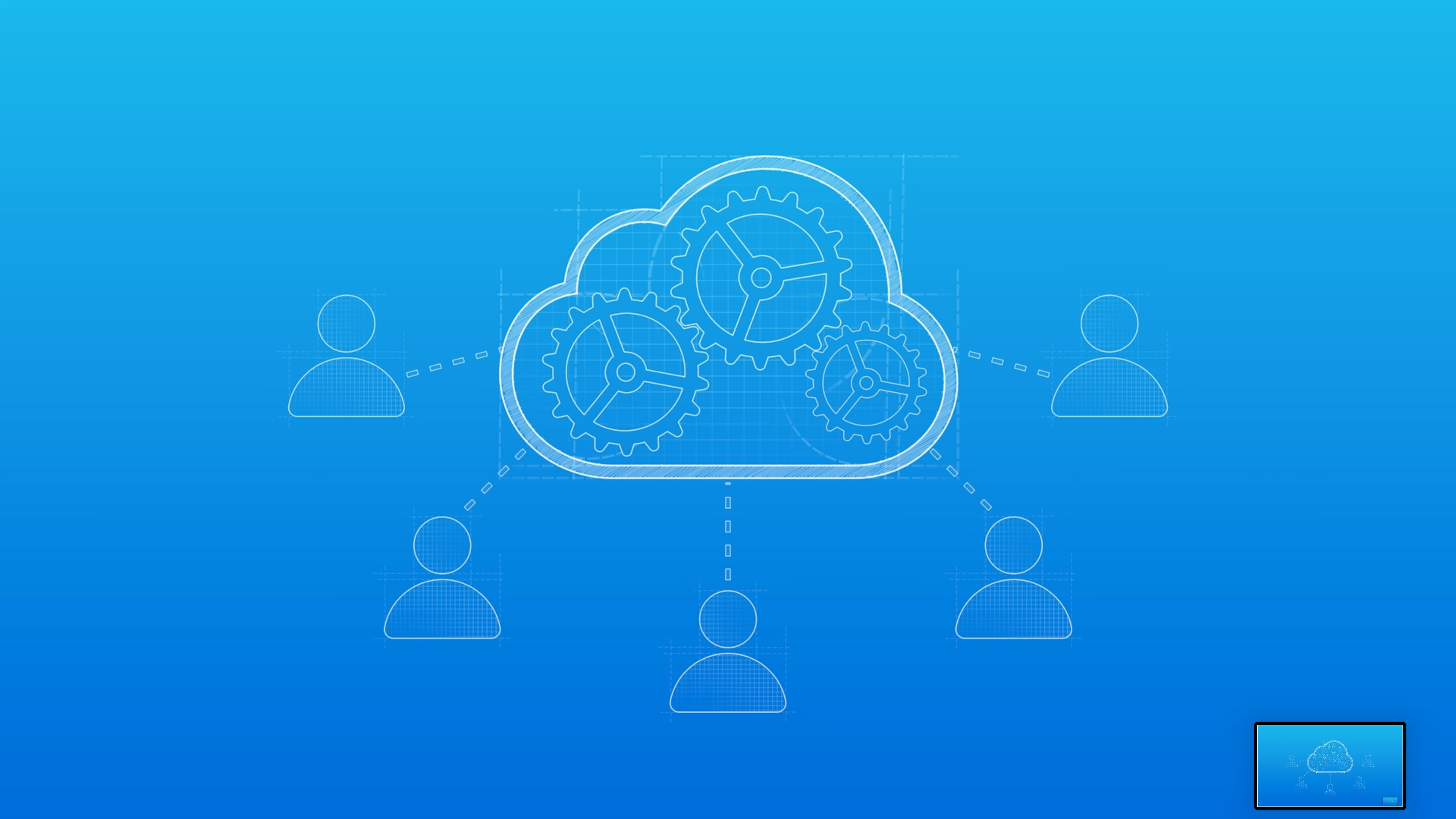Just after the release of iOS 12 in 2018, Apple introduced its own built-in screen time tracking tools and controls. In then began cracking down on third-party apps that had implemented their own screen time systems, saying they had done so through via technologies that risked user privacy. What wasn’t available at the time? A Screen Time API that would have allowed developers to tap into Apple’s own Screen Time system and build their own experiences that augmented its capabilities. That’s now changed.
At Apple’s Worldwide Developer Conference on Monday, it introduced a new Screen Time API that offers developer access to frameworks that will allow parental control experience that also maintains user privacy.
The company added three new Swift frameworks to the iOS SDK that will allow developers to create apps that help parents manage what a child can do across their devices and ensure those restrictions stay in place.
The apps that use this API will be able to set restrictions like locking accounts in place, preventing password changes, filtering web traffic, and limiting access to applications. These sorts of changes are already available through Apple’s Screen Time system, but developers can now build their own experiences where these features are offered under their own branding and where they can then expand on the functionality provided by Apple’s system.
Developers’ apps that take advantage of the API can also be locked in place so it can only be removed from the device with a parent’s approval.
The apps can authenticate the parents and ensure the device they’re managing belongs to a child in the family. Plus, Apple said the way the system will work lets parents choose the apps and websites they want to limit, without compromising user privacy. (The system returns only opaque tokens instead of identifiers for the apps and website URLs, Apple told developers, so the third-parties aren’t gaining access to private user data like app usage and web browsing details. This would prevent a shady company from building a Screen Time app only to collect troves of user data about app usage, for instance.)
The third-party apps can also create unique time windows for different apps or types of activities, and warn the child when time is nearly up. When it registers the time’s up, the app lock down access to websites and apps and perhaps remind the child it’s time to their homework — or whatever other experience the developer has in mind.
And on the flip side, the apps could create incentives for the child to gain screen time access after they complete some other task, like doing homework, reading or chores, or anything else.
Developers could use these features to design new experiences that Apple’s own Screen Time system doesn’t allow for today, by layering their own ideas on top of Apple’s basic set of controls. Parents would likely fork over their cash to make using Screen Time controls easier and more customized to their needs.
Other apps could tie into Screen Time too, outside of the “family” context — like those aimed at mental health and wellbeing, for example.
Of course, developers have been asking for a Screen Time API since the launch of Screen Time itself, but Apple didn’t seem to prioritize its development until the matter of Apple’s removal of rival screen time apps was brought up in an antitrust hearing last year. At the time, Apple CEO Tim Cook defended the company’s decision by explaining that apps had been using MDM (mobile device management) technology, which was designed for managing employee devices in the enterprise, not home use. This, he said, was a privacy risk.
Apple has a session during WWDC that will detail how the new API works, so we expect we’ll learn more soon as the developer info becomes more public.






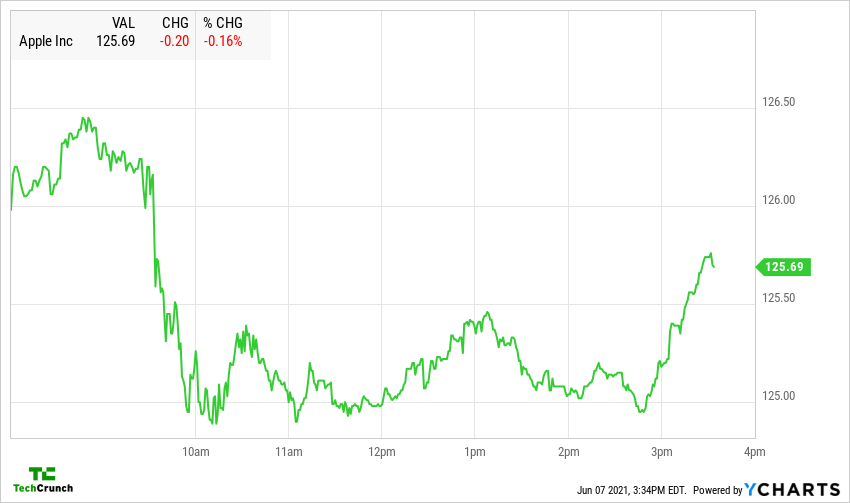

 , those might not mean much to you. Don’t worry. The charts say very little all-around so you are missing little. Apple was down a bit, and the Nasdaq up a bit. Then the Nasdaq went up more, and Apple’s stock generally followed. Which is good to be clear, but somewhat immaterial.
, those might not mean much to you. Don’t worry. The charts say very little all-around so you are missing little. Apple was down a bit, and the Nasdaq up a bit. Then the Nasdaq went up more, and Apple’s stock generally followed. Which is good to be clear, but somewhat immaterial.